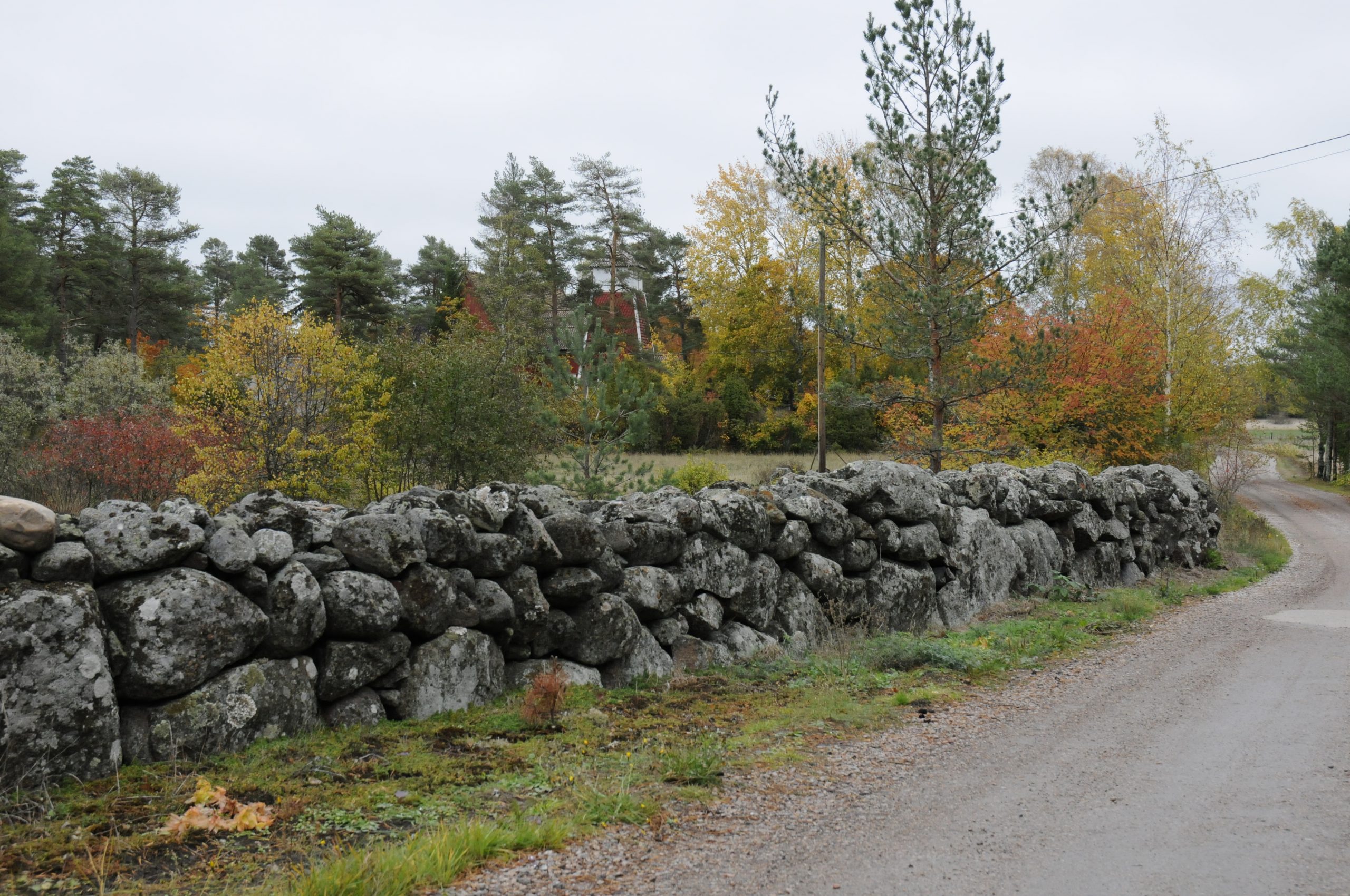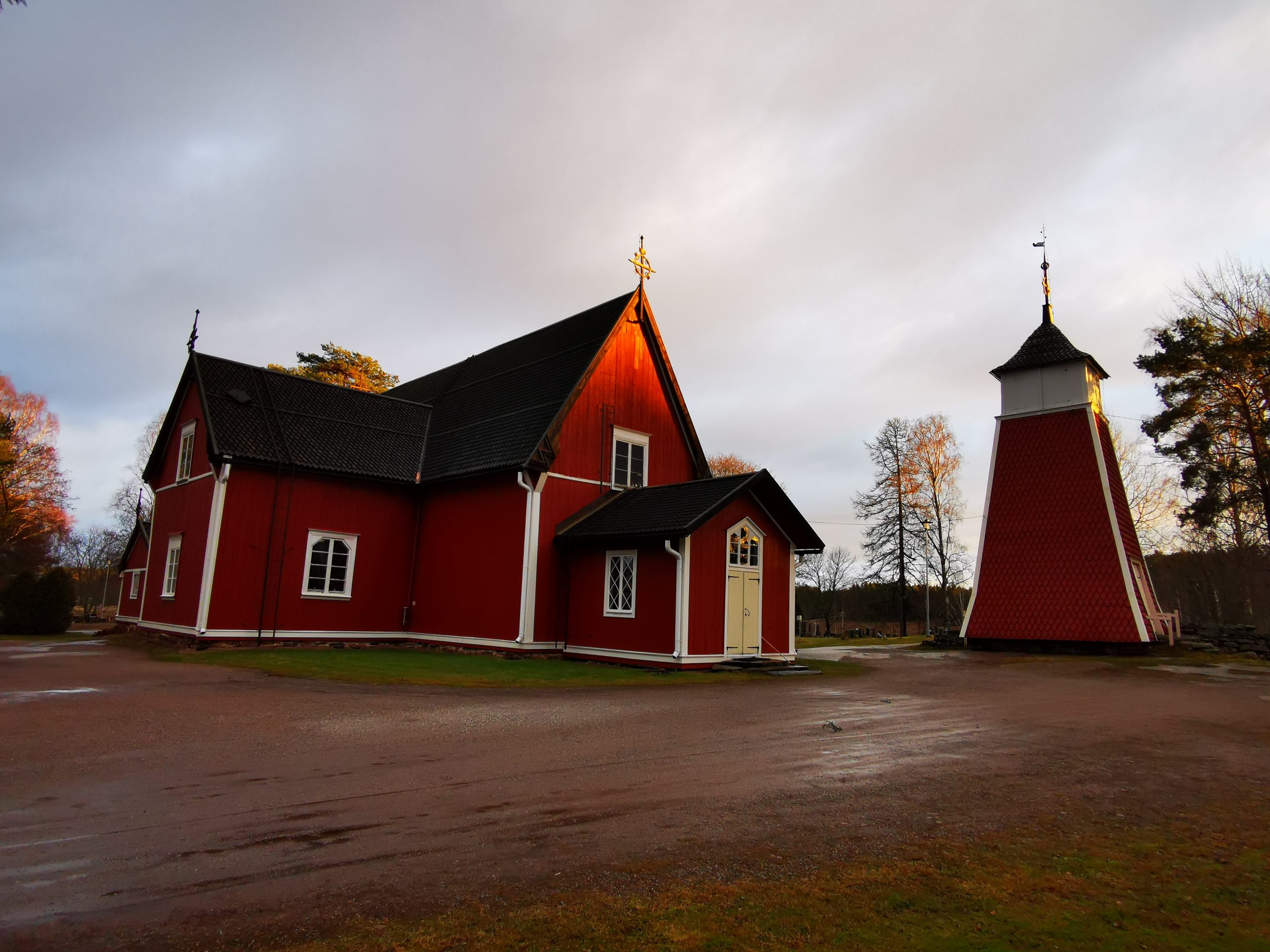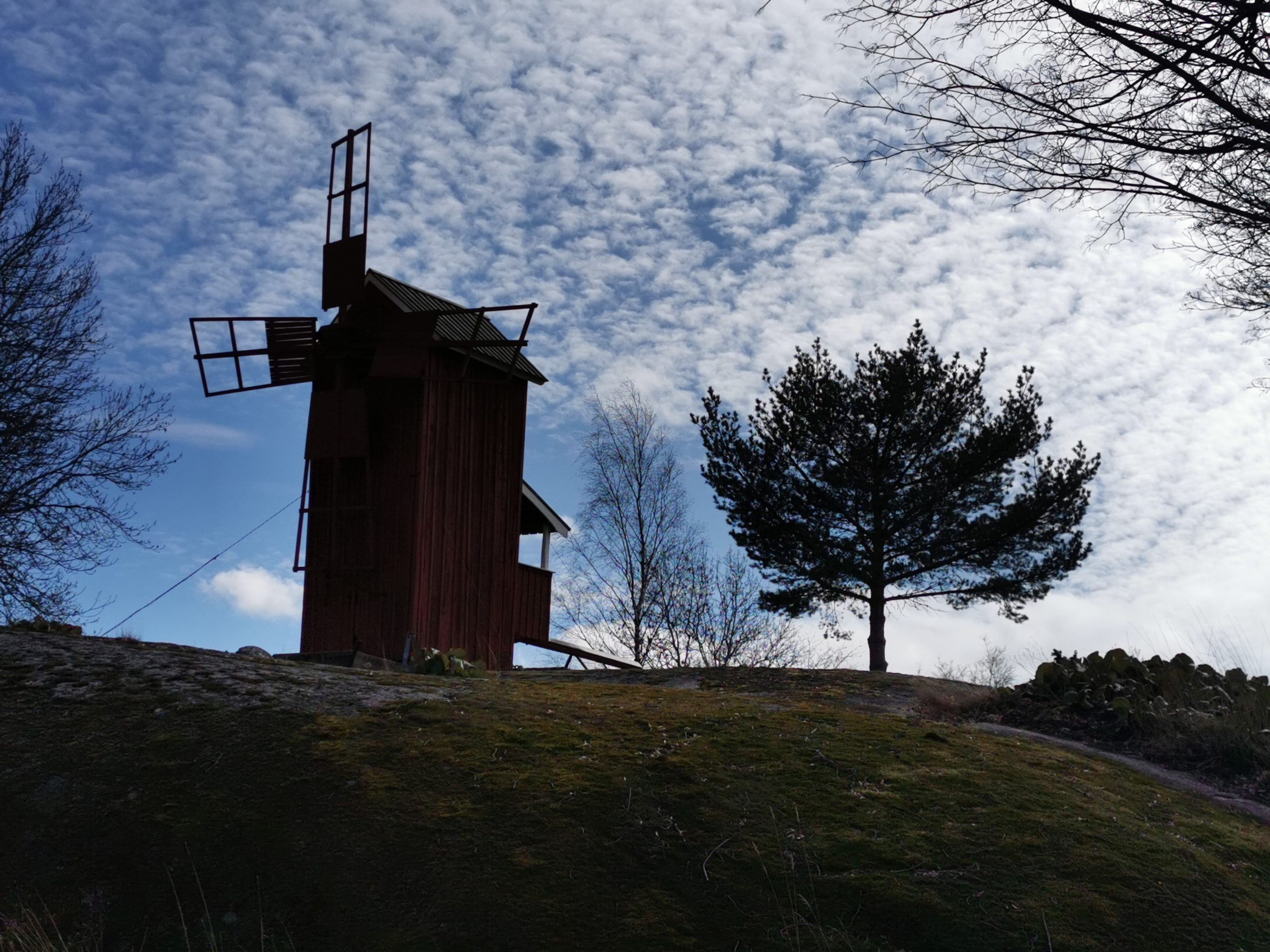Cultural environment
An environment built, maintained, used, or otherwise modified by humans is called a cultural environment. The cultural environment includes cultural landscapes, relics , and the built cultural environment.
Cultural landscapes
The landscapes are divided into natural and cultural landscapes. Natural landscapes include lakes, rivers, forests, cliffs, and other natural landscapes that show no traces of human labor. Cultural landscapes , on the other hand, arise from the interaction of man and nature and are always temporal and local entities. Each generation modifies its environment through its actions. Cultural landscapes are thus living and changing, endless processes in which people can adapt to environmental conditions at different times and take advantage of the elements of nature.
Cultural landscapes worth exploring in the Kustavi area include the villages of South and North Vartsala, Suuri postitie, the environment of the nature and cultural trail and the Ströömi waterway, which has been designated a nationally valuable landscape area.
Traditional landscapes are cultural landscapes that have emerged as a result of agriculture and other early industries. For example, old pastures and environments shaped by early industry are traditional landscapes. Traditional landscapes are divided into traditional biotopes and built traditional landscapes.
Traditional biotopes
Old meadows, moors, woodlands and forest pastures that have been preserved in their original form are traditional biotopes . Their care has traditionally been mowing, grazing and thinning. Traditional biotopes have not been fertilized or sown and have a rich and diverse plant species. A traditional biotope is a well-defined concept. The areas are inventoried and it is possible to receive support for their management.
The traditional landscape is broader than a traditional biotope. several old agricultural areas with barns and pastures can be traditional landscapes, even if they do not contain the valuable plant species required for traditional biotopes. However, traditional landscapes are significant for the landscape as a whole and have cultural and historical value. When measuring the value of a traditional landscape, the nature of the site is taken into account nationally, provincially or locally.
Built traditional landscapes
Built traditional landscapes include buildings and areas from traditional agrarian culture, such as old rustic courtyards and mansions with parks. Early industrial areas, historic transport routes with their structures and landscapes, and ancient relics are also classified as built traditional landscapes.

Photo: Kari Mäntylä

Ancient relics
Ancient relics include prehistoric cemeteries, ancient residences, and structures used for defense. The wrecks of ships are undersea ancient remains. Tombstones and castle mountains stacked in stone are ancient relics visible in the landscape, but several ancient relics, such as old settlements and small tombs, hide in the landscape or are located underground. Solid antiquities are protected with the ancient monuments law.(295/1963)
Kustavi’s ancient relic inventory contains information on relics. The inventoried archaeological sites can be found at the The Finnish Heritage Agency’s cultural environment service window (select the municipality Kustavi).
Built cultural environment
Buildings, roads, bridges, piers and lighthouses are a built cultural environment. The preservation of buildings of cultural and historical significance is ensured by zoning and special laws that determine which parts of the building are to be protected. The protected building must be maintained as required for protection. In connection with repairs and other measures, care must be taken to preserve the historic value of the building.
The protection of the built cultural environment and the renovation project of the protected building are based on information obtained from inventories and building history surveys. The principles of protection are provided for in the Act on the Protection of the Architectural Heritage (4.6.2010/498)

Culturally significant built sites in Kustavi:
Objects protected by the Building Protection Act:
- Sarvilinna (The Finnish Heritage Agency), Villa Sarvilinna (website)
Buildings protected by church law:
- Kustavi church (The Finnish Heritage Agency), Kustavi Parish
Nationally significant built sites (links to the The Finnish Heritage Agency’s website):
- Isokari lighthouse and pilot station
- Katanpää Fortress
- Kustavi church environment
- Lypyrt village and pilot station
- Suuri postitie
Literature:
- Heikkilä, Tapio. 2000. Suomalainen kulttuurimaisema.Tammi .Sulkava.
- Lounatvuori, Irma et al. 2001. Rakennusperintömme. Kulttuuriympäristön lukukirja. Rakennustieto Oy. Hämeenlinna.
- Suikkanen, Ilmo et al. 1995. Vakka-Suomi. Merestä maaksi. Vakka-Suomen luonnonystävät. Rauma.

